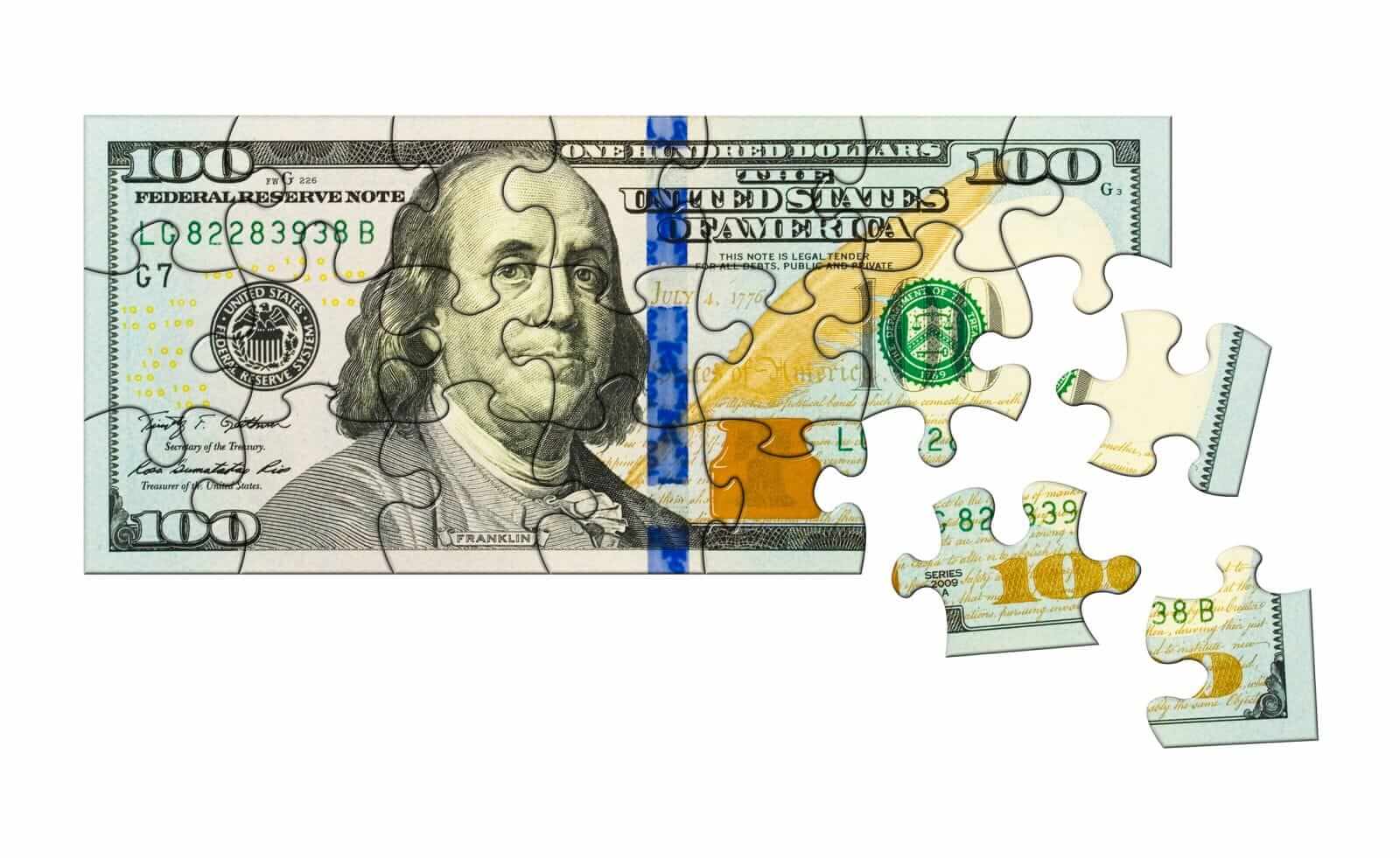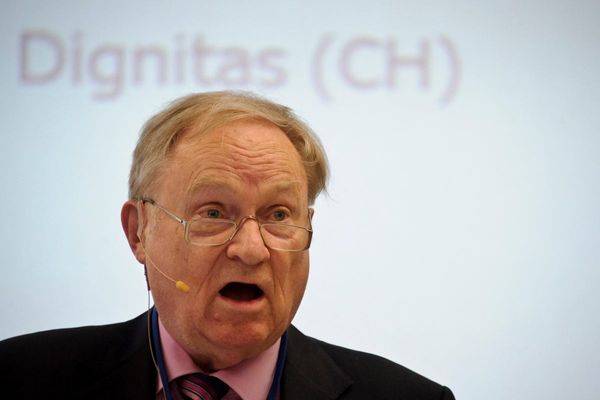
The dollar index (DXY00) today is slightly lower by -0.03%. The dollar gave up an early advance and dropped to a 2.5-week low on today's weaker-than-expected US PMI and new home sales reports. The dollar also fell as improved prospects for an EU trade agreement with the US boosted the euro.
The dollar today initially moved higher after weekly jobless claims unexpectedly fell to a 3-month low, a sign of labor market strength that was hawkish for Fed policy and positive for the dollar.
US weekly initial unemployment claims unexpectedly fell -4,000 to a 3-month low of 217,000, showing a stronger labor market than expectations of an increase to 226,000.
The US June Chicago Fed national activity index rose +0.06 to -0.10, stronger than expectations of -0.15.
The July S&P US manufacturing PMI fell -3.4 to 49.5, weaker than expectations of 52.7 and the lowest level in 7 months.
US June new home sales rose +0.6% m/m to 627,000, weaker than expectations of +4.3% m/m to 650,000.
Federal funds futures prices are discounting the chances for a -25 bp rate cut at 3% at the July 29-30 FOMC meeting and 63% at the following meeting on September 16-17.
EUR/USD (^EURUSD) today is up by +0.04% and posted a 2.5-week high. Signs of strength in the Eurozone economy boosted the euro today after the Eurozone July S&P manufacturing PMI rose to a 3-year high and the July S&P composite PMI rose to an 11-month high. The euro also garnered support today after the ECB kept interest rates unchanged and said the Eurozone economy has so far proven resilient.
However, the euro was undercut by comments from ECB President Lagarde, who said the economic risks to the Eurozone are tilted to the downside and a stronger euro could dampen inflation more than expected.
The Eurozone July S&P manufacturing PMI rose +0.3 to a 3-year high of 49.8, right on expectations. The Eurozone July S&P composite PMI rose +0.4 to an 11-month high of 51.0, stronger than expectations of +0.1 to 50.7.
Eurozone June new car registrations fell -7.3% y/y to 1.010 million units, the largest decline in 10 months.
The German Aug GfK consumer confidence index unexpectedly fell -1.2 to a 4-month low of -21.5, weaker than expectations of an increase to -19.3.
As expected, the ECB kept the deposit facility rate unchanged at 2.00%. The ECB said, "Inflation is currently at the 2% medium-term target" and the economy has so far proven resilient, but the environment remains uncertain due to trade disputes.
Swaps are pricing in a 26% chance of a -25 bp rate cut by the ECB at the September 11 policy meeting.
USD/JPY (^USDJPY) today is up by +0.03%. The yen fell from a 2-week high against the dollar today and turned slightly lower after the Nikkei Stock Index rallied to a 1-year high, which reduced the safe-haven demand for the yen. Losses in the yen accelerated after T-note yields rose.
The yen initially moved higher today on speculation that the BOJ is closer to raising interest rates, following Wednesday's trade agreement between the US and Japan, which removed uncertainty from the market.
The yen continues to be undercut by concerns that the LDP's loss of its majority in Japan's upper house in Sunday's elections may lead to fiscal deterioration in Japan's government finances, as the government boosts spending and implements tax cuts.
Today's Japanese economic news was mixed for the yen. The Japan July S&P manufacturing PMI fell -1.3 to 48.8. However, the July S&P services PMI rose +1.8 to a 5-month high of 53.5.
August gold (GCQ25) today is down -21.7 (-0.64%), and September silver (SIU25) is down -0.193 (-0.49%). Precious metals are under pressure today as an easing of global trade tensions has reduced safe-haven demand for the metals. The US and Japan agreed to a trade deal on Wednesday, and Bloomberg reported that the European Union (EU) and the US are progressing toward a trade agreement. Higher global bond yields today are also undercutting the prices of precious metals. In addition, today's action by the ECB to keep interest rates unchanged, along with its post-meeting statement that the Eurozone economy is proving resilient, was bearish for precious metals.
Precious metals prices have underlying support after the dollar index slipped to a 2.5-week low. Precious metals continue to receive safe-haven support from geopolitical risks, including the conflicts in Ukraine and the Middle East. Fund buying of precious metals continues to support prices after gold holdings in ETFs rose to a two-year high on Wednesday, and silver holdings in ETFs reached a three-year high on the same day.







